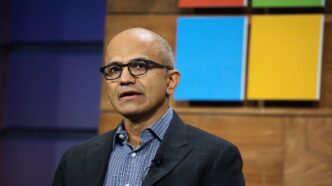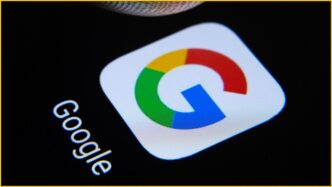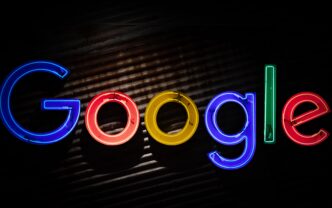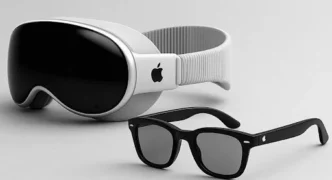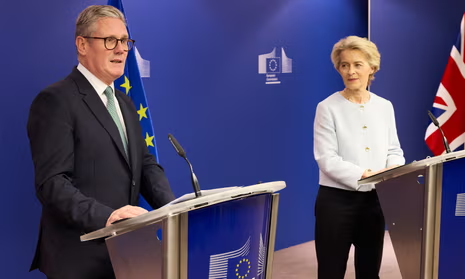At Microsoft Build 2025, CEO Satya Nadella laid out a bold new direction—one that could fundamentally reshape how developers, businesses, and even researchers work with AI. The vision? A shift from apps to agents, from isolated tools to an open agentic web. And if Microsoft has its way, this new frontier of AI won’t just assist—it will act, collaborate, and even take charge.
In a keynote filled with over 50 announcements, Nadella unveiled Microsoft’s most ambitious AI roadmap yet. The event may have had a brief interruption from a pro-Palestinian protestor, but the energy in the room didn’t falter. Microsoft made one thing clear: AI isn’t just a feature—it’s the future.
At the center of that future is the concept of agentic AI—autonomous systems that can build code, fix bugs, summarize research, and interact across tools without human micromanagement. Think of it as moving from silent sidekick to proactive coworker.
GitHub Copilot Evolves, Agent Tools Multiply
GitHub Copilot, once an autocomplete tool, now steps into a new role as a full-blown coding agent. With the ability to manage tasks from bug fixes to feature rollouts, it no longer just assists—it contributes. Developers can assign work via GitHub Issues and let Copilot handle the execution. This marks a leap toward true AI collaboration.
Visual Studio and VS Code also got significant upgrades. Visual Studio now supports .NET 10 and offers real-time design previews, while VS Code hit its 100th release milestone with improved multi-window support and the open-sourcing of Copilot’s integration.
On the platform side, the Azure AI Foundry is expanding fast—now with Elon Musk’s xAI Grok models onboard. Microsoft also launched Agent Foundry, a portal where developers can build, orchestrate, and deploy AI agents using minimal code. These agents can now be fully integrated across enterprise platforms like Workday and ServiceNow via Entra ID and Defender for Cloud.
And Microsoft isn’t just upgrading tools—it’s rewriting the rulebook. The new Model Context Protocol (MCP) allows agents to communicate across platforms, ensuring seamless handoffs between tools. Open-source efforts like NLWeb make it easier to turn any website or API into an AI-native experience.
Microsoft 365, Teams, and AI That Works With You
AI is also being deeply embedded into Microsoft 365. The upgraded Microsoft 365 Copilot now features specialized agents—like a Researcher for chain-of-thought reasoning and an Analyst for raw data insights. These agents live inside tools like Teams and PowerPoint, turning your work environment into a fully interactive, AI-powered command center.
Meanwhile, the Teams AI Library allows developers to create “multiplayer agents” that work together and communicate using A2A (agent-to-agent) interactions. Microsoft is even launching an Agent Store, where these digital coworkers can be discovered and deployed across Teams and Copilot environments.
For enterprises, Copilot Tuning now lets organizations personalize AI with their own data, workflows, and tone. Fine-tuning models based on internal knowledge ensures that each Copilot behaves like a seasoned employee, not a generic assistant.
From Developer Stack to Supercomputing Scale
On the infrastructure side, Microsoft is building the world’s largest Nvidia GB200-based supercomputer inside Azure, powering the next generation of AI workloads. Foundry Local is also bringing AI capabilities to the edge, with optimized runtime support on Windows and Mac—ideal for developers who want local control.
In scientific circles, Microsoft Discovery, a new platform built on Foundry, is targeting research acceleration. With custom agents tailored for biopharma and deep tech, Discovery shows how far AI can go when deployed beyond productivity—into innovation itself.
Microsoft’s commitment to open-source continued with the full release of Windows Subsystem for Linux (WSL) and expanded data integration features in Cosmos DB and Fabric. Together, these tools allow AI to reason across images, audio, and structured data—all within one system.
A Web of Autonomous Agents
The underlying theme of Build 2025? A unified shift to modular, autonomous, and interoperable AI systems. Microsoft is pushing past the limits of monolithic apps, instead giving developers a toolbox to assemble agents that act, learn, and adapt in real time.
From GitHub to Azure, from VS Code to Teams, every part of the Microsoft ecosystem is being reimagined through the lens of agentic AI. And for developers, the message couldn’t be more direct: This is your playground now.
